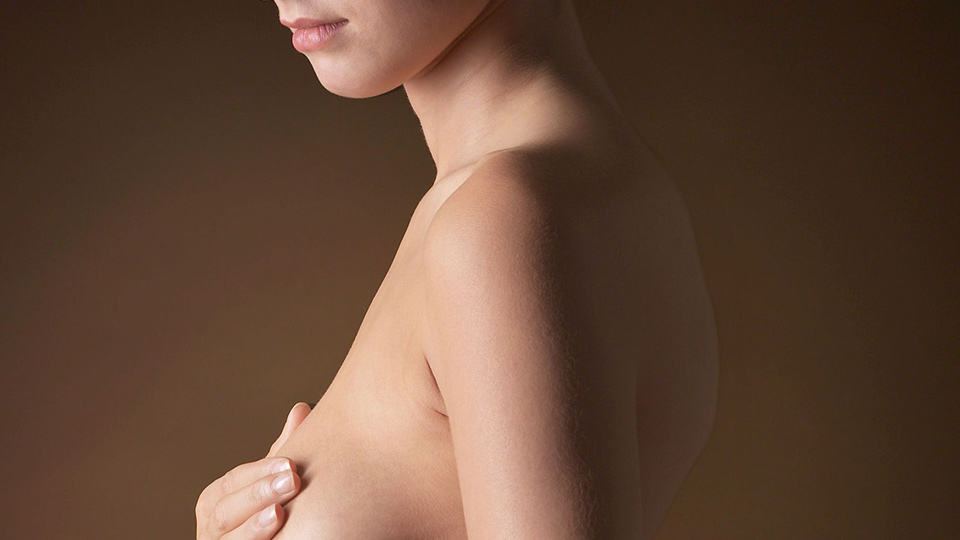Decoding Breast Lumps & Bumps

Should you start panicking if you feel a lump or bump in your breast? The good news is that nine out of 10 breast lumps are not cancerous. Normal breasts can feel lumpy which is due to normal changes in breast tissue that occur during development. Benign breast lumps do not necessarily require any treatment, although treatment may be recommended if the lump is particularly large, is getting bigger, or is causing other symptoms such as pain.
Medication can often help relieve breast pain, and antibiotics can treat any bacterial infections that may have caused the lump to develop. In some cases, a needle may need to be used to drain away any fluid or pus within the breast lump. Local anaesthetic will be used to numb the area being treated so you don’t feel any pain while this is carried out. Occasionally, surgery may be carried out to cut out the lump. This will normally be done under general anaesthetic (where you are asleep) and you will usually be able to go home the same day.
Here are several types of lumps and bumps, and what to do if you find one
 |
A single lump that’s hard on the outside, squishy on the inside
What it is: This is usually a cyst. They feel like a solid oval-shaped mass and typically occur as a distinct, solitary lump. It’s important to have a cyst diagnosed to make sure that it is not a breast cancer lump. |
|
 |
Tender, lumpy breasts
What it is: Painful, lumpy breasts may occur about 14 days before the onset of your period. This can also be triggered by stress, or the consumption of excess salt or caffeine. |
|
 |
A firm, unmovable hard lump in the breast with redness
What it is: Known as mastitis or breast abscess, a hard lump in the breast with redness over it could mean you have a deep infection. This is especially if it is accompanied with breast pain and a fever, so get checked by your doctor. |
|
 |
A small, solid round lump that can be moved.
What it is: It is often a fibroadenoma, beign and usually painless condition. It commonly appears as a single lump that feels like a small rubber ball inside the breast tissue and can be easily moved around. Be sure to meet your doctor for a biopsy to determine if it is really benign. |
Breast self-examination (BSE) Quick Guide
Check yourself
The goal of performing regular breast self-examination is not to be your own doctor, but to detect significant changes and developments, as well as reduce the risk of developing breast cancer. There are many ways to conduct an examination, with each position giving you different angles to inspect. We show you some of the ways:
 |
Standing Before a Mirror
Examine your breasts with your arms up, down and resting on your hips. Do look out for any signs of dimpling, puckering or change in skin texture. |
|
 |
In The Shower
Use three or four fingers of your right hand to explore your left breast thoroughly, working around the breast in a circular motion. Do squeeze your nipples for any discharge. |
|
 |
Lying Down
Instead of examining your breasts in the shower, you may like to repeat the same examination technique while lying down. Do remember to check under your nipples as well. |
What can you do if you find one?
Don’t risk it – ask your doctor or gynaecologist for a clinical breast exam and consider a diagnostic mammogram and / or ultrasound. All lumps should be carefully monitored for changes, as fibrocystic breasts put you at increased risk for breast cancer. Be diligent about regular self-exams and yearly clinical exams. Report any changes immediately to your doctor.


